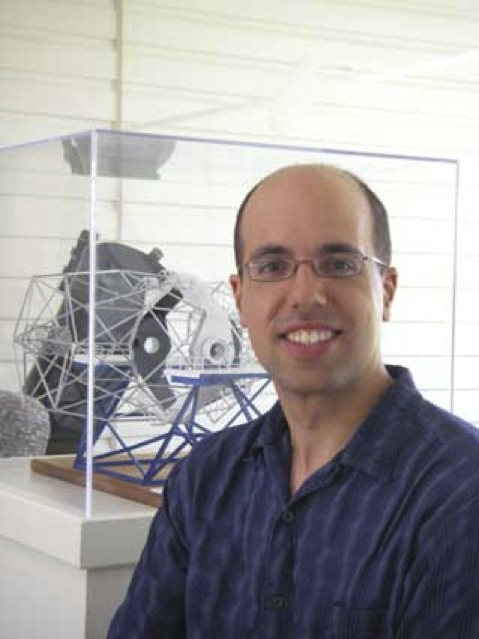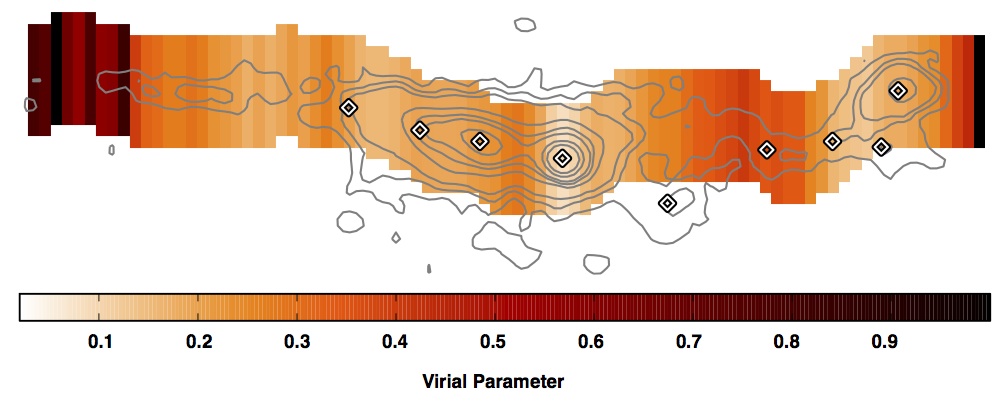My Research: Dark Clouds and Bright Young Stars

I am currently a YCAA Prize Postdoctoral Fellow at Yale, working on understanding how stars form. My research studies the connections between the formation of the most massive stars and the formation of smaller stars (like our own sun). I am currently studying the low-mass population of high-mass star forming regions and working on the IN-SYNC and RAMPS surveys.
Previously I was a Post-Doctoral research associate with Jim Jackson working on Infrared-Dark Clouds (IRDCs), the Malt90 Survey and various other topics in high-mass star formation. IRDCs are dense clouds seen in extinction against the diffuse light of galaxy and are great places to look for the early stages of high-mass star formation.
As a Ph.D. student I worked as part of the COMPLETE Survey of Star forming clouds with my advisor, Alyssa Goodman. The COMPLETE survey focused on the Perseus, Ophiuchus, and Serpens molecular clouds, where low- to intermediate-mass star formation is happening.
My research page contains little snapshots focusing on my recent research topics and publications. On this website you can also find my full publications list, my Curriculum Vitae, my contact information, and some notes about LaTeX and setting up astronomy software on a Mac.
Virial Stars from Sub-Virial Cores

As part of the IN-SYNC project, we have used the APOGEE spectrograph to measure the radial velocity dispersion of young stars in the embedded cluster NGC 1333. Because NGC 1333 is still actively forming stars, we can compare the velocity dispersion of the stars with the diffuse gas and dense gas cores out of which stars are forming. The young stars have a larger velocity dispersion (i.e. are dynamically hotter) than the gas and cores from which they form, and appear to be in virial equilibrium, while the cores are sub-virial. The process by which the stars obtain a larger velocity dispersion than their natal cores must act quickly (because these stars are only 1-2 Myr old) and cannot be the result of gas-removal (since the gas is still present). The full paper has been accepted to ApJ and is here. A 3D visualization of the data used in this paper is available. This WebGL model will only work with a relatively modern browser and graphics card.
Distributed Low-Mass Star Formation

Using adaptive optics on the Keck telescopes, we have conducted a very sensitive search for low-mass protostars in filamentary infrared dark cloud (IRDC). We were able to identify young stars both statistically as an excess of red sources (see above, left) and individually through their extended emission from outflows or reflection nebulosity (see above, right). Low-mass stars are forming throughout the cloud, not just in the dense knots where high-mass stars form. There is also some evidence that high-mass stars form in the more gravitationally bound portions of the filament. For the latter analysis we mapped out how bound the filamenent was in slices along its length (see below). The full paper is here.
